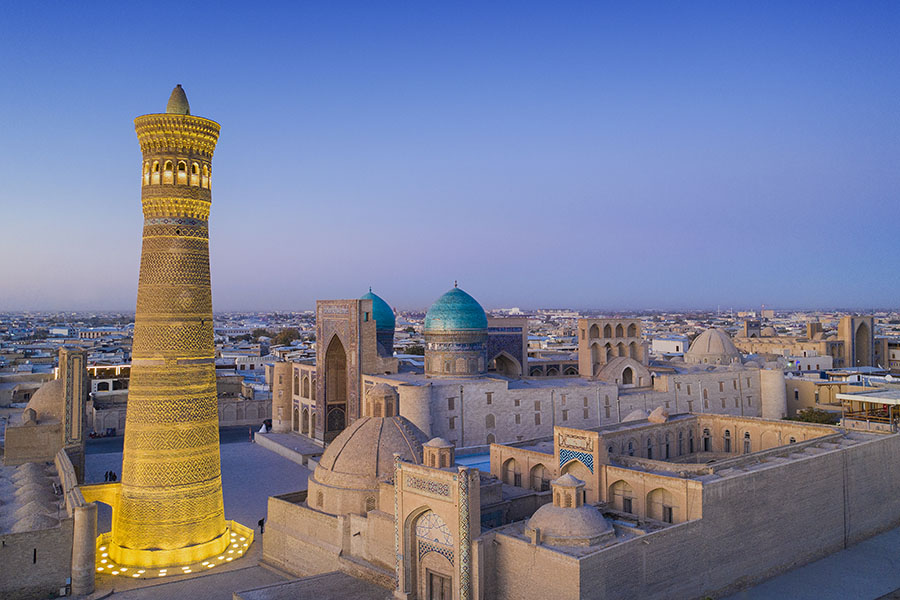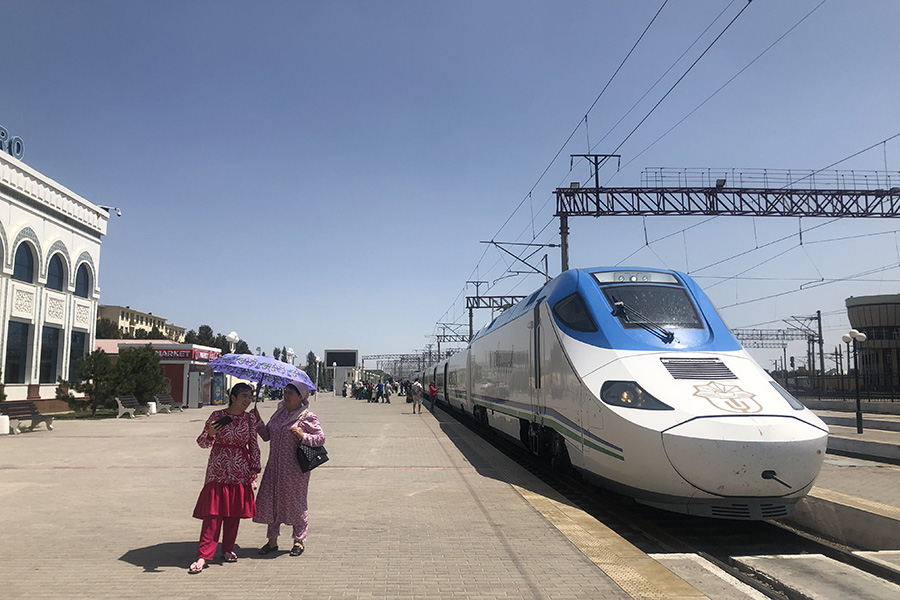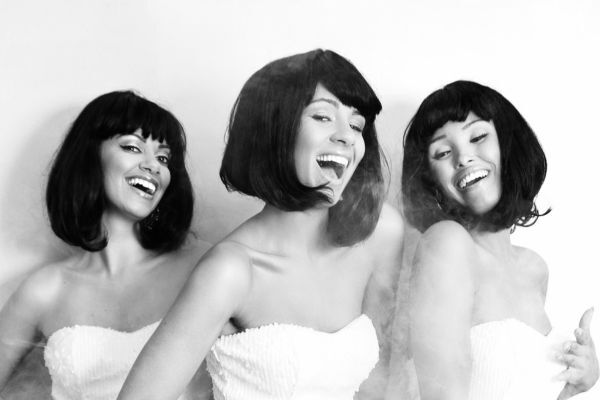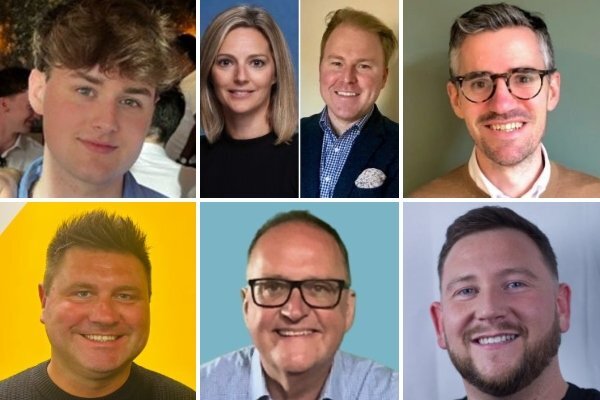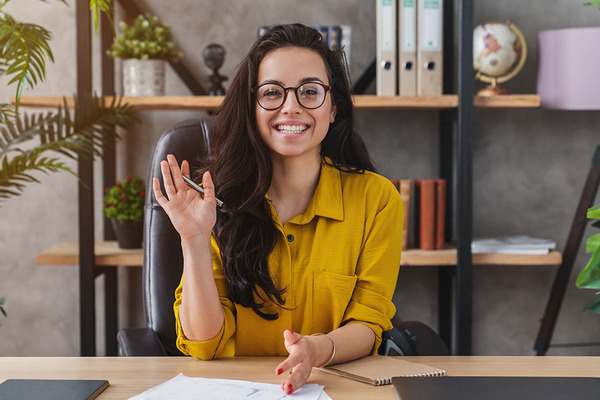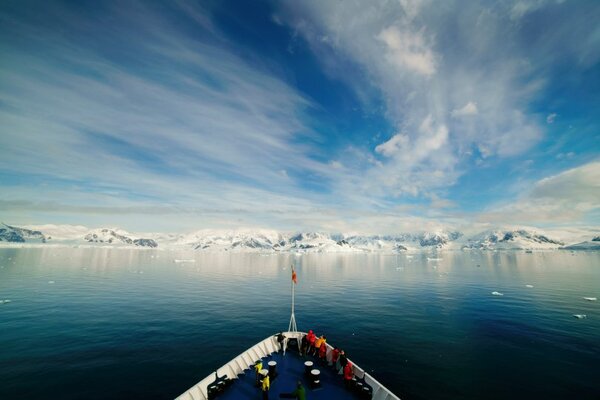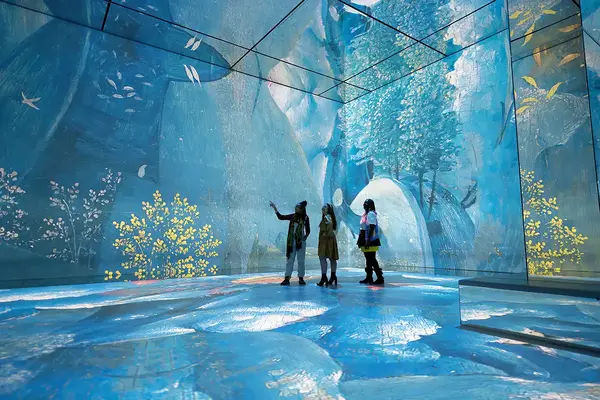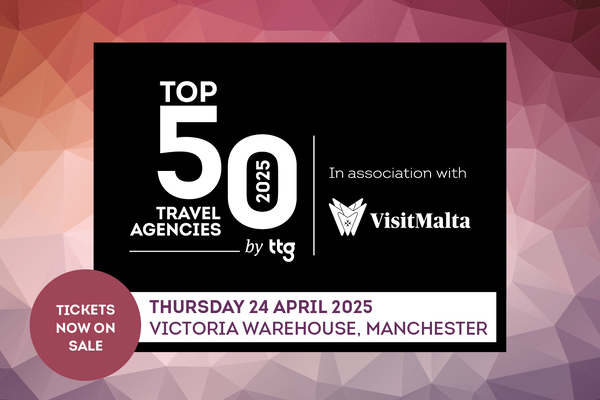How to send your clients on a Silk Road adventure
Uzbekistan has a captivating touristic arsenal of ancient architecture and authentic cultural experiences. We explore this up-and-coming Central Asian destination

It’s 40 degrees in Tashkent’s Chorsu Bazaar and I’m being invited to peer into an oven. I bear the heat just long enough to find the tandoor’s walls studded with doughy circles. As I step aside, the baker retrieves one with a long-handled pan and deftly flicks it onto a growing pile of flatbreads.
This won’t be my last close encounter with a tandoor, as the classic touring route I’m taking through Uzbekistan is to be complemented by stays in agricultural communities. The capital is my starting point, and beyond the horse meat sausages, decorative prayer mats and crystallised sugar of the bazaar, I take the chance to admire metro stations lit by chandeliers and honouring Russian cosmonauts.
It’s an early reminder of the country’s cultural mash-up – 80% of the population are Muslim Uzbeks, the others predominantly Russian, a legacy of the Soviets’ 67-year rule.
SILK ROAD STOP
Covered in intricate patterned brickwork, the 900-year-old Kalon Minaret still sounds the call to prayer in Bukhara’s Unesco-listed old town. With a fire on top, it once also acted as a desert lighthouse. Visible for up to 40km, it drew caravans of Silk Road traders to the city to rest their camels and sell their carpets and jewellery.
Nowadays you can arrive, as I do, by bullet train. Its name overstates the speed but since 2016 the system has halved rail journey times between the country’s major tourist cities. Enjoying good legroom and picture windows, I arrive from Tashkent in four hours.
Bukhara was sacked by Genghis Khan but has been painstakingly restored. Glossy blue tile work again adorns madrasas (Islamic colleges) now housing souvenir stalls. For its original surviving structures, the dates are mind blowing. Pre-dating even the minaret is Magok-i-Attari Mosque, built in the ninth century over the still-visible remains of an earlier temple for fire-worshipping Zoroastrians.
In the searing heat of off-peak July, my small group has the old town virtually to ourselves, but I welcome a siesta at boutique Bibi Khanum hotel in a 17th-century building with carved doors and leafy courtyards.
After dusk, the mood is festive as the city in hiding appears. A musical trio draws a crowd and visiting teens take selfies against the madrasas, now bathed in red and white lights. I dodge electric tuk-tuks and e-scooters, which appear around dark corners in the three trading domes where embroidery, silk scarves and carpets are on sale.
COMMUNITY ENTERPRISE
The next day, 30km from the city, we enter Shirin ethno-tourism village beneath a long grapevine-clad pergola and relax with green tea and sugared peanuts under an apricot tree. There are yurts, ensuite guest rooms and a large pool here, but it’s also a smallholding. Amid patches of pumpkins, aubergines, chillies and watermelons, goats grab at hay and a basket of soon-to-be-sun-dried tomatoes gently swings from a tree.
In its second season, this community tourism enterprise is the brainchild of former guide Sanjar Bobokalonov, with support from a French tour operator and the Uzbek government.
Beside a sunflower patch, with the distant sound of donkeys and cockerels, I’m soon back at a tandoor for a lesson. We help make pumpkin and onion samosas by twisting the opposite corners of pastry squares into place. Using a large pad, the cook then sticks each to the oven wall. After 15 minutes, and with the fillings only slightly escaping, they’re on my plate beside typically colourful Uzbek salads of beetroot and shredded cabbage, carrot and herbs.
On an afternoon stroll beyond the project’s walls, we watch apricots being gathered in the wider village, then, back at our base, see how their nuts are extracted by boiling and roasting. The rest of the day passes with a book and dips in the pool. It’s a winning combination.
DESERT DREAMS
The following afternoon, I’m swimming in the desert. The incongruous setting, complete with beach and cafe, is Soviet-created Aydarkul Lake, which since 1969 has received diverted rivers to prevent flooding. The calm waters edged by rushes are a treat after our long drive through arid landscapes populated by goats and camels. Suitably soothed, we arrive at nearby Kyzylkum Desert Yurt Camp just as a ground squirrel, pulling a straggly plant, streaks towards its hole.
The circle of yurts here are the real deal, draped with camel hair blankets for insulation. With the help of ceiling fans, it’s cool enough to sleep on the beds inside, but not before we’ve enjoyed campfire folk songs from a lute player. Afterwards, lying on my back in the silky sand dunes, I make out the smudge of the Milky Way and spot three shooting stars.
The next time I see the Soviet lake it’s shimmering on the horizon and I’m on the back of a donkey. My new friend and a couple of horses have been loaned to us by shepherds who use them to round up their flocks. I’m glad to plod low to the ground, as we’re now in the Nuratau Mountains, a landscape reminiscent of Greece, and our trek is on challenging serpentine paths edging a rocky valley. Shouts from Spanish walkers alert us to a herd of rare curly-horned sheep from a rewilding programme running across the mountainside above us.
Our family-run base, Hayat Guesthouse, is popular with trekkers. Post-ride, we lounge beside a babbling brook on carpeted platforms to which the matriarch delivers cushions balanced on her head. Meals are taken in the shade of a walnut tree – plov, the national rice dish spiced with cumin; and dim sum-style dumplings, a Chinese influence from the days of the Silk Road. It’s another smallholding, so we follow up with homegrown cherries and pistachios.
A classic Uzbekistan tour is not complete without Samarkand. We could have stopped there on our Tashkent to Bukhara train journey, but our rural divertion means we’ve saved the showy best till last.
At the viewing platform overlooking Registan Square newlyweds are angling themselves into photographs with the three enormous madrasas that flank the site. Built between the 15th and 17th centuries, the trio are covered in dazzling mosaics incorporating stars and tigers. Inside the Tilla Kari Madrasa I’m further wowed by gilded honeycomb-structured tile work.
This square has justly awed travellers for centuries. On this community-focused trip however, I think my most memorable moments might just come from humbler sources.
Book it: Trade-friendly operator Travel the Unknown can tailor-make Uzbekistan trips using ground handler People Travel. Its 11-day Silk Roads & Villages of Uzbekistan private tour (from £1,995pp full-board, excluding flights) visits Tashkent; Bukhara; Shirin ethno-tourism village; Kyzylkum Desert Yurt Camp; the mountain Hayat Guesthouse; and Samarkand, including bullet train transfers; traveltheunknown.com/svu
Uzbekistan Airways flies direct from Heathrow; uzairways.com/en. Indirect flights are possible via Istanbul, Dubai and Riga.
More operators featuring Uzbekistan include Indus Experiences (indusexperiences.co.uk), Wendy Wu (wendywutours.co.uk), Regent Holidays (regent-holidays.co.uk), Titan Travel (titantravel.co.uk), TransIndus (transindus.co.uk), Intrepid (intrepid.com), Exodus (exodus.co.uk), Explore (explore.co.uk), and G Adventures (gadventures.com). Find contact details for all these suppliers in the TTG Travel Supplier Directory.
The UK’s Uzbekistan Tourism Ambassador is Sophie Ibbotson @UZAmbassador
For further information, see uzbekistan.travel/en
Uzbekistan snapshot
Smarter: The three-times-daily Afrosiyob bullet train (eticket.railway.uz) needs booking well ahead. Tashkent to Samarkand takes 2.5 hours; Bukhara is a further 1.5 hours. The service will soon extend to Unesco-listed Khiva.
Better: The Intercontinental Tashkent is new this year and features 216 rooms and suites and a rooftop bar (ihg.com/intercontinental).
Fairer: Much of the embroidery, “silk” and pottery sold at tourist sites is mass produced. Recommend authentic producers such as seventh-generation Gijduvan Pottery House near Bukhara.
